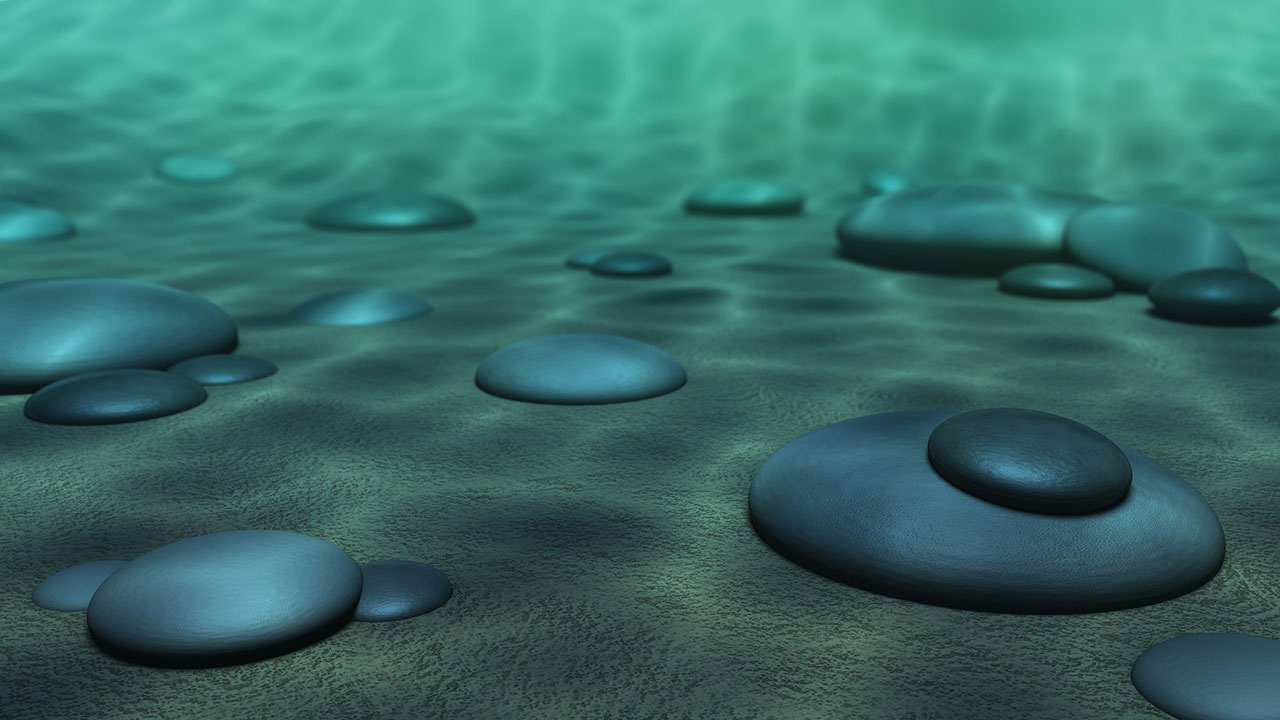- Course
Shader Recipes: Rendering Underwater Caustics in Maya
In this series of lessons, we will discuss different methods for simulating the effect of caustic patterns created by moving water. Software required: Maya 2010 or higher.

- Course
Shader Recipes: Rendering Underwater Caustics in Maya
In this series of lessons, we will discuss different methods for simulating the effect of caustic patterns created by moving water. Software required: Maya 2010 or higher.
Get started today
Access this course and other top-rated tech content with one of our business plans.
Try this course for free
Access this course and other top-rated tech content with one of our individual plans.
This course is included in the libraries shown below:
- Core Tech
What you'll learn
In this series of lessons, we will discuss different methods for simulating the effect of caustic patterns created by moving water. We will begin by exploring caustic photons in mental ray, and how they can realistically interact with a water surface to create refracted bands of light. From there, we will explore an alternative method for simulating caustics which is much more efficient, especially when working with large, open bodies of water. Software required: Maya 2010 or higher.

